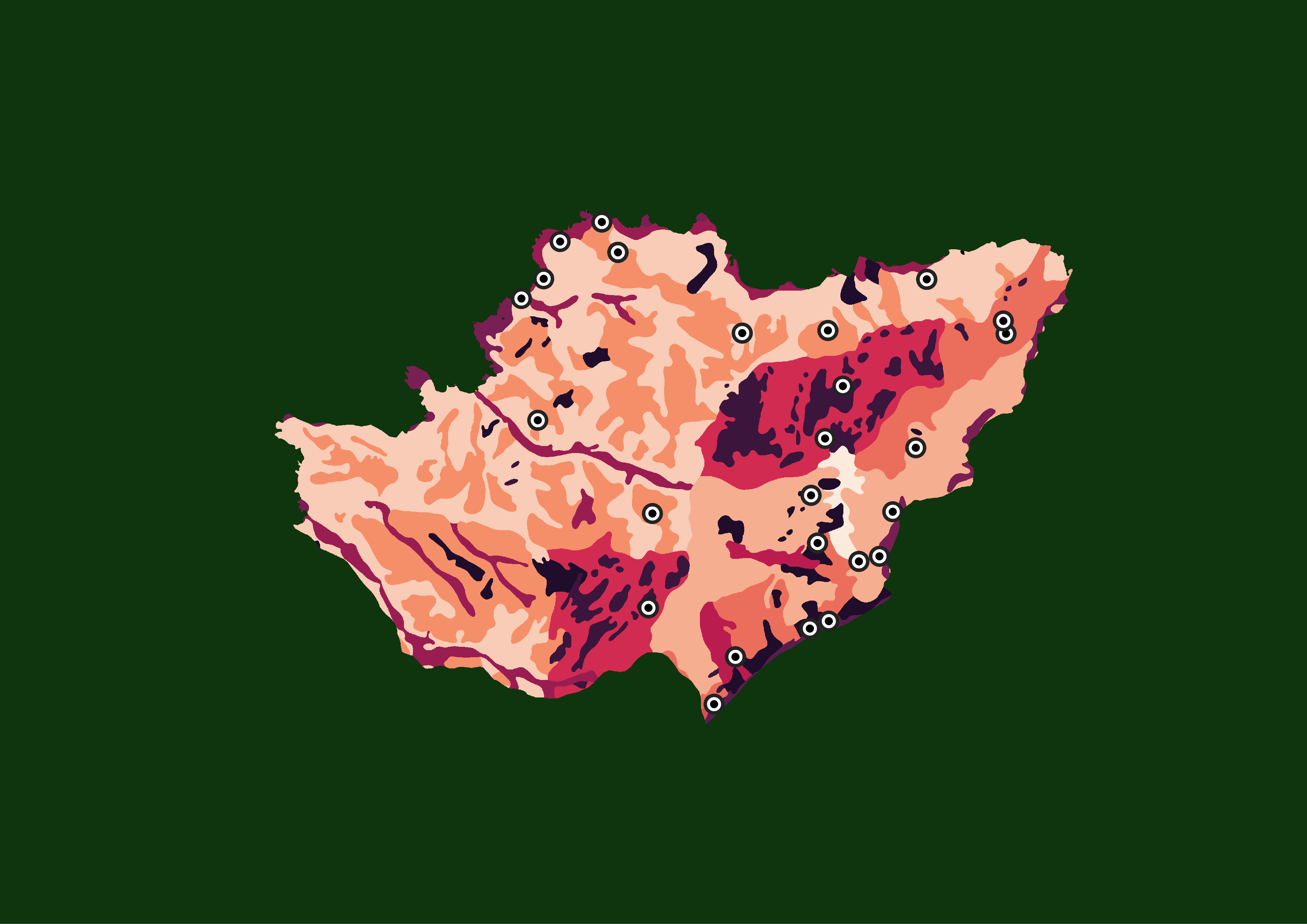Ensemble of Small Models for species distribution modeling
The Ensemble of Small Models (ESM) is a method proposed by Lomba et al. 2010 and Breiner et al. 2015 to address the challenges associated with modeling the spatial distributions of rare or poorly known species. This approach is particularly useful when occurrence data for these species are limited, which can lead to model overfitting when using many predictor variables.
ESM involves creating multiple bivariate models by considering pairwise combinations of each predictor variable. Instead of building a single complex model with all predictor variables, ESM breaks down the modeling process into smaller, more manageable models. Each bivariate model focuses on the relationship between a single predictor variable and the species occurrence data.
After creating these small models, an ensemble is performed to combine their predictions. In the case of the nimo implementation, inherit flexsdm R package (Velazco et al. 2022), the ensemble is created by averaging the suitability values across all the small models. The averaging is weighted by Somers’ D, which is a measure of the predictive power of each small model. Somers’ D is calculated as D = 2 * (AUC – 0.5), where AUC represents the area under the receiver operating characteristic curve.
By using an ensemble of small models, ESM provides a way to incorporate multiple predictor variables while avoiding overfitting issues. It allows for a more robust and reliable estimation of species distributions, especially for rare species that are of particular interest for conservation efforts.
It is important to note that ESM has some limitations. One limitation is that it does not allow the use of categorical variables, such as soil type. This means that ESM is more suitable for modeling relationships with continuous predictor variables. Additionally, the performance of ESM may vary depending on the specific dataset and species being modeled, so it is always recommended to assess the method’s performance on a case-by-case basis.
Reference
Breiner, Frank T., Antoine Guisan, Ariel Bergamini, and Michael P. Nobis. 2015. “Overcoming Limitations of Modelling Rare Species by Using Ensembles of Small Models.” Edited by Barbara Anderson. Methods in Ecology and Evolution 6 (10): 1210–18. https://doi.org/10.1111/2041-210X.12403.
Lomba, A., L. Pellissier, C. Randin, J. Vicente, F. Moreira, J. Honrado, and A. Guisan. 2010. “Overcoming the Rare Species Modelling Paradox: A Novel Hierarchical Framework Applied to an Iberian Endemic Plant.” Biological Conservation 143 (11): 2647–57. https://doi.org/10.1016/j.biocon.2010.07.007
Velazco, Santiago José Elías, Miranda Brooke Rose, André Felipe Alves de Andrade, Ignacio Minoli, and Janet Franklin. 2022. “Flexsdm: An r Package for Supporting a Comprehensive and Flexible Species Distribution Modelling Workflow.” Methods in Ecology and Evolution 13 (8): 1661–69. https://doi.org/10.1111/2041-210X.13874.





